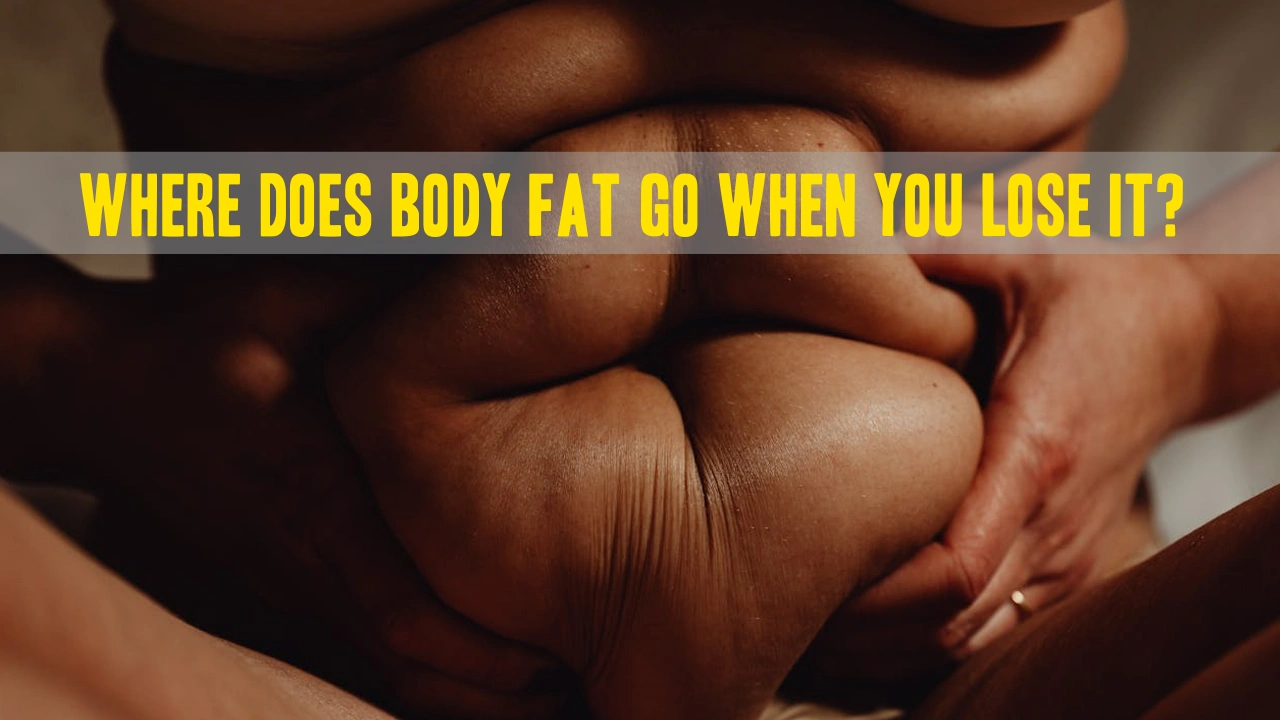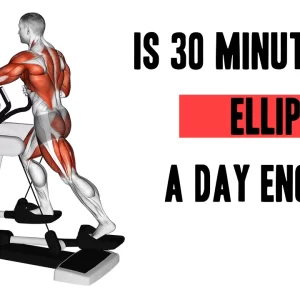Contents
When someone loses weight, a common question arises: “Where does the fat actually go?” Many people assume that fat turns into energy, sweat, or waste—but the true biological process is far more fascinating and rooted in biochemistry.
Understanding how fat leaves the body can help clarify misconceptions and provide insight into the mechanics of weight loss, particularly for clients focused on fat reduction rather than just weight change. This article will explain the pathways of fat loss, what really happens during lipolysis, and where your fat actually goes.
What Is Body Fat and How Is It Stored?
Fat in the body is stored in the form of triglycerides inside fat cells, also called adipocytes. These triglycerides are composed of:
- Carbon
- Hydrogen
- Oxygen
Your body stores fat primarily for energy reserves, insulation, and hormone regulation. When you eat more calories than you burn, the excess energy is stored in adipose tissue for later use.
How Does the Body Burn Fat?
Fat loss occurs when the body enters a caloric deficit, meaning you consume fewer calories than you expend. In response, the body mobilizes stored fat from adipose tissue to meet energy demands.
The Process of Lipolysis
- Hormonal activation (primarily from catecholamines and low insulin) triggers lipase enzymes.
- These enzymes break triglycerides into glycerol and free fatty acids.
- These fatty acids are released into the bloodstream and transported to tissues (e.g., muscles) where they are oxidized (burned) for energy.
So Where Does Fat Go When You Lose Weight?
Contrary to popular belief, fat is not “sweated out” or “turned into muscle.” The majority of the fat is exhaled as carbon dioxide through the lungs.
According to a 2014 study published in the British Medical Journal, researchers found the following:
- 84% of lost fat is exhaled as CO₂
- 16% is excreted as water through urine, sweat, tears, and other fluids
The Pathway:
- Fat is metabolized into carbon dioxide and water
- CO₂ is expelled through the lungs when you breathe out
- Water is excreted through sweat, urine, and other bodily fluids
This means the lungs are the primary excretory organ for fat loss—not your digestive system or sweat glands.
Common Fat Loss Myths Debunked
Myth 1: Fat Turns Into Muscle
- Muscle and fat are different tissues with distinct functions.
- You can lose fat and gain muscle at the same time (recomposition), but one cannot become the other.
Myth 2: Fat Is Sweated Out
- Sweating is water loss, not fat loss.
- You regain the lost water as soon as you rehydrate.
Myth 3: Fat Leaves the Body Through the Digestive Tract
- Fat doesn’t pass out of the body through feces (unless in rare cases like malabsorption).
- It is oxidized internally and primarily exhaled.
What Triggers Fat Burning?
Fat is used for energy primarily under these conditions:
- Caloric deficit (diet-driven)
- Aerobic exercise (especially low- to moderate-intensity)
- Fasted states (when glycogen is low)
- Long-duration activities
However, your body constantly uses a mix of fat and carbohydrates for energy depending on intensity, duration, and hormonal environment.
How to Optimize Fat Loss
1. Create a Sustainable Caloric Deficit
- Aim for 300–500 calories below maintenance for steady fat loss
- Extreme deficits can lead to muscle loss and metabolic adaptation
2. Include Strength Training
- Helps preserve or build lean muscle mass
- Increases resting metabolic rate, improving long-term fat loss potential
3. Add Moderate-Intensity Cardio
- Walking, cycling, or swimming promotes fat oxidation
- HIIT can increase post-exercise oxygen consumption (afterburn)
4. Prioritize Protein Intake
- Aim for 1.6–2.2 g/kg body weight to support muscle retention and satiety
5. Focus on Sleep and Stress Management
- Poor sleep and chronic stress increase cortisol, which can hinder fat loss and promote fat storage
Conclusion
When you lose fat, your body undergoes a precise metabolic process that breaks down triglycerides into carbon dioxide and water. The majority of the fat is exhaled through your lungs, while the remainder exits via fluids like sweat and urine.
Understanding this process reinforces that fat loss is not about shortcuts or detox fads—it’s about creating the right internal conditions through consistent training, proper nutrition, and recovery. With science on your side, sustainable fat loss becomes a matter of patience, precision, and persistence.
References
- Meerman R, Brown AJ. When somebody loses weight, where does the fat go? BMJ. 2014;349:g7257. https://www.bmj.com/content/349/bmj.g7257
- Hall KD. What is the required energy deficit per unit weight loss? Int J Obes (Lond). 2008 Mar;32(3):573-6.
- American College of Sports Medicine. ACSM’s Guidelines for Exercise Testing and Prescription. 11th Edition.
- Frayn KN. Metabolic Regulation: A Human Perspective. 3rd Edition. Wiley-Blackwell; 2010.



